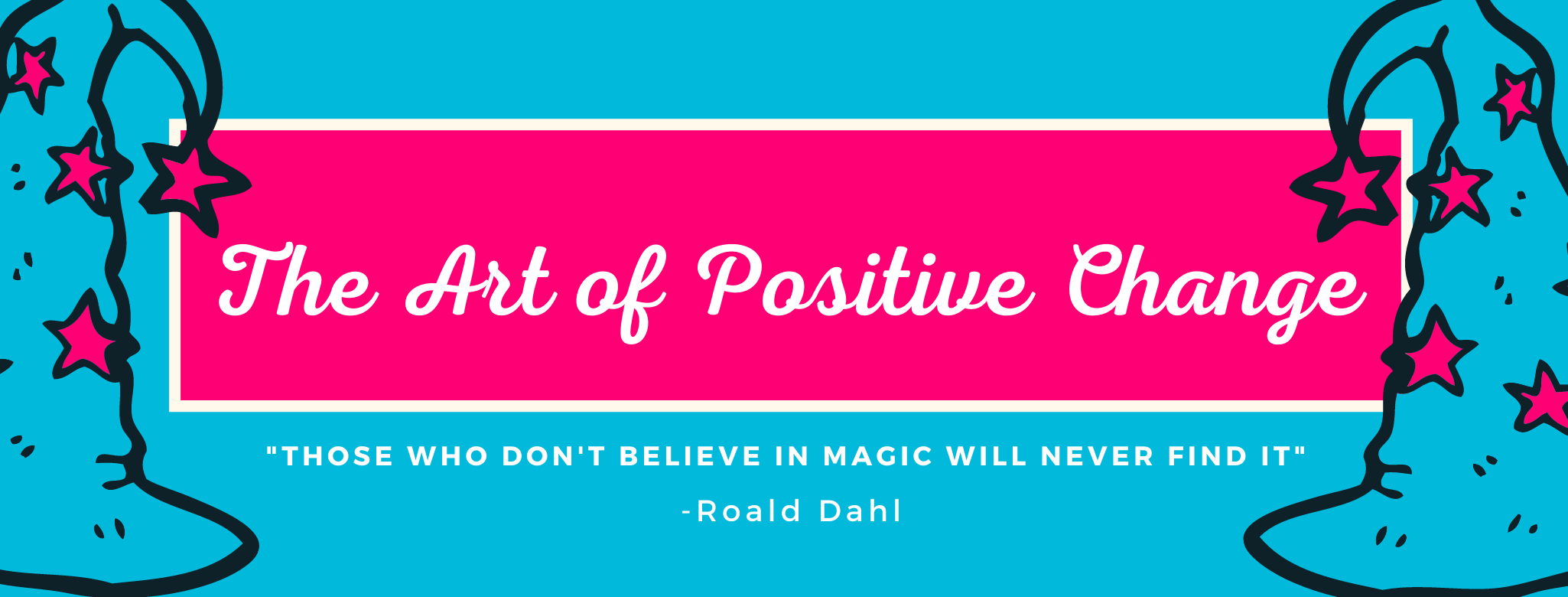 Photo Credit – Mink Mingle (Unsplash)
Photo Credit – Mink Mingle (Unsplash)
Last year I attended the UK Lean Enterprise Academy Summit. This Summit is always an amazing event – 3 days packed with presentations, learning sessions and masterclasses solely focused on Lean and the immense business and personal benefits a Lean culture brings.
My 2 favourite sessions were from industries both based in Barcelona.
The first learning session introduced us to Augustin Tena Leon (Head of Sales, 365 Cafe) and Oriol Cuatrecasas (Founder and Lean Development – Instituto Lean Management).
Augustin and Oriol held our attention throughout the presentation with their high energy, obvious passion for Lean and pride in what they have achieved through their Lean journey with Cafe 365. Augustin and Oriol made it very clear that culture change was at the heart of their Lean transformation as they spoke about
‘The most important part of our company is our people’, ‘The joy never has to be lost’ and ‘Customer first’
Their presentation took us through their Lean journey starting with their factory where their delicious products are created through to their shops where their products are sold. They involved us all in a hilarious simulation of the bakery shops pre 2009. This simulation highlighted the chaos, waste, unhappy customers and unhappy employees that used to be part of the daily operations of Cafe 365.
In contrast to this chaos Augustin and Oriol invited us to see what their business is like now that they work in a Lean environment. I expected a presentation or maybe another simulation but no….in true genius style Augustin and Oriol connected us to one of their shops in Barcelona via web link! And so a virtual Gemba Walk in Barcelona began!
 Photo Credit – Leon Ephraim (Unsplash)
Photo Credit – Leon Ephraim (Unsplash)
The staff of Cafe 365 in Barcelona were as excited to be part of this virtual Gemba Walk as we were, they welcomed us to their cafe and introduced us to their Standard Work, Kanban system, Audit system and their problem identification, escalation and resolution system. They showed us their storage area which was tiny but hugely sufficient and their refrigeration area that was also tiny but hugely sufficient.
This was a most impressive Gemba Walk – to see the simple tools of Lean implemented into a bakery and cafe environment instilled in me more confidence that Lean can be used and taken advantage of in absolutely every area of business no matter what the industry is.
The tools and principles implemented were obviously making Cafe 365’s business more profitable and sustainable and set them up for growth of which they have enjoyed at an exponential rate. More than this and what really stood out for me was the positive culture we were lucky enough to be witnessing.
As we moved from one area to the next of this virtual Gemba Walk it was the employees who spoke to us, it was the employees who answered all of our questions and it was the employees to whom gratitude and recognition was given by Augustin and Oriol and each other. Everyone was so proud to show us how they work for the company and for each other.

Photo Credit – Kari Shea (Unsplash)
Cafe 365 is a supreme example of what a Lean culture is. Lean tools and principles can be learned from any of the many amazing books available on Lean, however it is the deep respect that is shown for each and every employee that will bring the real sustainable and transformational change that is required for a business to fully embed and enjoy a Lean culture.
When asked if there was any employee currently in the shop that was also there pre 2009 (pre Lean implementation) and what the transformation had meant to them, one lady stepped forward from the back of the crowd of employees and with a beaming smile and said
‘Before things were difficult and hard, now they are enjoyable and simple’ .
These words were softly spoken, however the message was profoundly loud.
Augustin and Oriol left us with this statement
‘Lean brought us one of the most extraordinary and radicle changes we have witnessed in a business’
This learning session with Augustin, Oriol and Cafe 365 left me with confidence that the career path I have chosen is completely the right one for me and that Lean is even more powerful than I had previously envisioned.
Could Lean transform your business?
Keeping it Simple,
Siobhain
x x x









